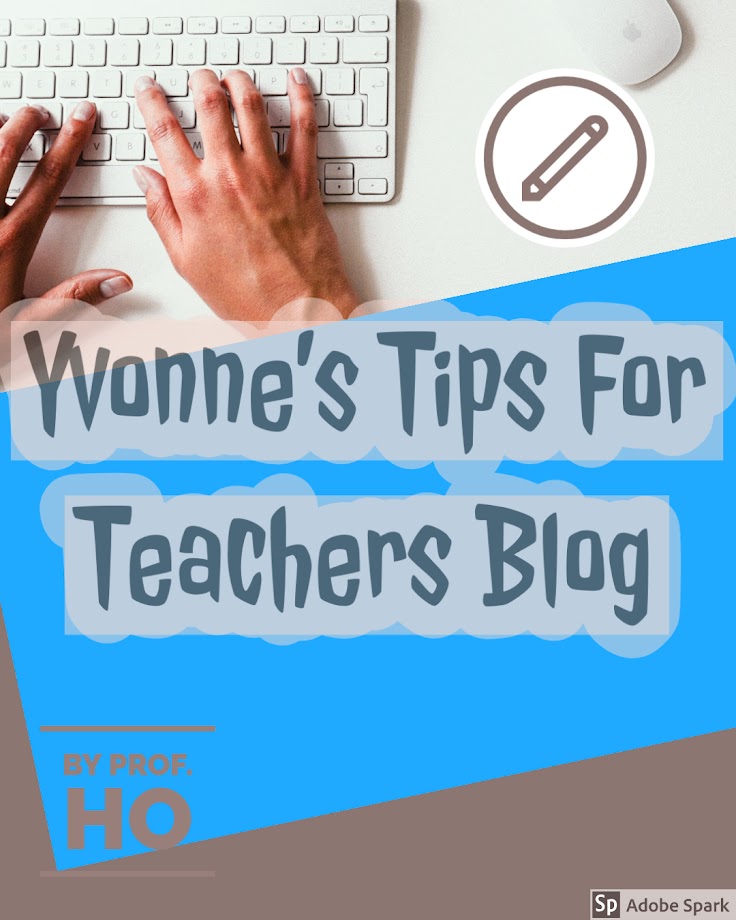Post 197: The Importance of Understanding Multiliteracies
Traditional literacy deals with the student writing with pen and paper and learning the alphabet and printed word in a book, magazine or newspaper. Children in the 20th century learned from readers like Dick and Jane. I was taught how to read with reading rules like phonics and I had to learn my phonics before I learned to read. In addition, I had to learn to read before I could learn to write. In 1st and 2nd grade, we were taught how to print using pencil. In 3rd grade, we learned cursive writing. I still remember my handwriting teacher saying, "Practice makes perfect."
Now, elementary school children learn how to use a computer instead of learning cursive writing in 3rd grade and by 5th grade, some elementary school children already know how to do Powerpoint presentations rather than the construction paper book pen-written book reports of the 20th century.
These days, children learn many different kinds of discourses. They have the oral discourse they learn from their family--in my case--that was the Chinese language. They have the discourse they learned from their community, in my case, this was a mixture of African American, Jewish and Chinese customs because I grew up in an African American and then later Jewish neighborhoods. So going to school, I learned many different ethnic codes.The Discourse children are exposed to as home and in their community is known as Primary Discourse. And then the education children receive at school is known as Secondary Discourse. Modern English Composition theory takes into account all the different codes, discourses and literacies children are exposed to while growing up, not just the school discourse of learning to read and write on paper. With the invention of the internet, children are also learning to write with technology, which opens the door to a plurality of discourses, literacies, codes and text forms for the modern day student.
When you learn to read and write on a computer, there are many text forms available on the web for children to express themselves. You can start a blog like this one. You can have students write content for a website. There are a plurality of literacies on the web. Students can do online storyboarding, put together an online photo collage, use Instagram, Facebook, Twitter, social media to express themselves. Writing is no longer limited to just pen and paper anymore. The internet has opened multiple text mediums in which writers can explore various ways to write. I myself like blogging, I like making infographics for my blogs, I like making websites and I enjoy creating my teaching portfolio. Each text medium has its own discourse, code and criteria. There are many interactive games to teach literacy as well. Students can also learn how to make e-books and self publish to Amazon if they want. Reading and writing are no longer limited to the printed format. So, teaching writing from now on has to include the multiliteracies of technology so students are prepared for the technical world of the future. Daly and White (1984) states that it becomes more and more important for teachers and researchers to investigate how to teach writing beyond the classroom to prepare students for real world writing. As a result, for college students, researchers in English Composition theory are also interested in teaching students alternate ways of writing by combining technology with writing, art with writing and to investigate the exciting field of hypertextuality. (writing with hyperlinks to other websites and graphics).
Smagorinsky, Peter. Research on Composition. Multiple Perspective on Two Decades of Change
Yvonne's Tips For Teacher Blog

Subscribe to:
Post Comments (Atom)
Post 518: How AI Increases Equity for LAPU ESL Students
Another paper I wrote dealt with how AI helps increase equity so that ESL students can keep up with native speakers of English. Equity i...
-
Post 331: Why Asynchronous Online classes work for Writing classes Prof. Warnock or known more affectionately as Prof. W by his studen...
-
32. How can you use Bloom's Taxonomy to help you with your Forum Discussion Questions and your Assessments? There are six stages t...


No comments:
Post a Comment